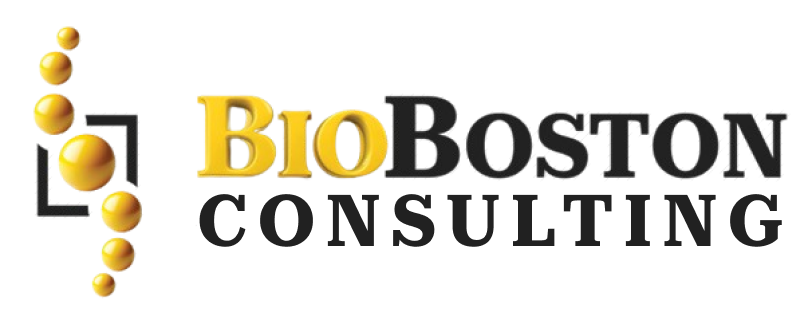Bringing a medical device to market in the U.S. involves selecting the most appropriate FDA regulatory pathway—and for many innovators, that means weighing the pros and cons of an IDE application versus a 510(k) submission. Choosing the wrong route can lead to costly delays or regulatory rejection. At BioBoston Consulting, we help medtech companies make informed, strategic decisions that accelerate product development and approval.
Understanding the Difference: IDE vs. 510(k)
What Is an IDE?
An Investigational Device Exemption (IDE) allows a company to begin a clinical study to collect safety and effectiveness data. IDEs are required for high-risk (Class III) or novel devices that lack a predicate device and need clinical evidence before marketing clearance.
What Is a 510(k) Submission?
A 510(k) submission demonstrates that your medical device is substantially equivalent to a legally marketed device. It is a faster, less burdensome pathway for many Class II devices and does not typically require clinical trials, making it more cost- and time-efficient—if your device qualifies.
When to Choose IDE Over 510(k)—Or Vice Versa
Choose IDE When:
- Your device is first-of-its-kind or lacks a clear predicate
- Clinical trial data is needed to support safety and effectiveness
- You are pursuing PMA (Premarket Approval) later
- The device poses significant risk to patients
Choose 510(k) When:
- There is a well-established predicate device
- You can demonstrate substantial equivalence
- Bench and preclinical testing can meet FDA requirements
- The device fits a Class II risk profile
Strategic Considerations for Your FDA Regulatory Pathway
Making the right regulatory choice is not always black and white. Many devices blur the lines, requiring expert evaluation of risk classification, intended use, design features, and clinical needs.
Key factors to consider:
- Device novelty and technological characteristics
- Clinical indications and intended patient population
- Risk level and need for human data
- Availability of a predicate device
- Market access goals and timelines
How BioBoston Consulting Guides Regulatory Success
At BioBoston Consulting, we specialize in helping medtech innovators define and execute the right FDA submission strategy—whether it is an IDE application or a 510(k) submission. Our team of regulatory experts, clinical strategists, and former FDA reviewers ensure your device is on the optimal path for approval and commercialization.
We support:
- Regulatory pathway analysis and classification
- 510(k) preparation and predicate assessment
- IDE planning and clinical trial readiness
- Risk-benefit evaluation and strategic guidance
- FDA communications and Pre-Sub support
Make the Right Move—With BioBoston Consulting
Choosing between an IDE and a 510(k) is not just a regulatory decision—it is a business-critical one. Let BioBoston Consulting help you chart the most efficient, compliant, and successful path to market.
👉 Schedule a Free Regulatory Strategy Consultation with BioBoston Consulting Today

